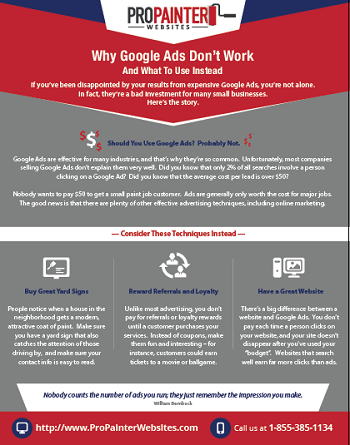Recognizing Seasonal Influences On Commercial Exterior Painting: Vital Understanding For Success
Recognizing Seasonal Influences On Commercial Exterior Painting: Vital Understanding For Success
Blog Article
Author-Fox Celik
When you're preparing a commercial external painting task, seasonal factors can make or damage your results. You'll intend to take into consideration how temperature and moisture impact paint application and drying out times. Picking the ideal season can ensure your paint adheres correctly and lasts much longer. But which minneapolis exterior house painting are truly the best for this type of work? Allow's discover the crucial elements that can influence your task's success.
The Impact of Temperature Level on Paint Application
When you're intending a business exterior paint job, the temperature can substantially influence just how well the paint adheres and dries out.
Preferably, you intend to paint when temperatures range between 50 ° F and 85 ° F. If it's as well cold, the paint might not treat correctly, leading to issues like peeling or splitting.
On the other hand, if it's as well hot, the paint can dry out also swiftly, avoiding proper bond and causing an uneven surface.
You ought to additionally consider the moment of day; early morning or late afternoon uses cooler temperature levels, which can be much more beneficial.
Constantly inspect the maker's suggestions for the certain paint you're using, as they often give advice on the suitable temperature level variety for optimum outcomes.
Humidity and Its Result on Drying Times
Temperature isn't the only ecological element that influences your commercial exterior painting task; moisture plays a substantial duty also. High humidity degrees can decrease drying out times significantly, impacting the overall high quality of your paint work.
When the air is filled with dampness, the paint takes longer to heal, which can cause problems like inadequate bond and a higher risk of mildew development. If you're repainting on a particularly moist day, be gotten ready for prolonged delay times between layers.
It's vital to keep track of neighborhood weather and plan appropriately. Preferably, aim for moisture degrees in between 40% and 70% for optimal drying.
Maintaining these factors in mind guarantees your project remains on track and supplies an enduring finish.
Best Seasons for Commercial Outside Painting Projects
What's the most effective time of year for your industrial exterior paint projects?
Springtime and early fall are generally your best choices. During these periods, temperature levels are moderate, and moisture degrees are usually lower, developing perfect problems for paint application and drying.
Stay clear of summer's intense heat, which can trigger paint to completely dry too rapidly, leading to bad adhesion and coating. Similarly, winter season's cold temperatures can impede proper drying out and healing, taking the chance of the longevity of your paint task.
Go for days with temperatures between 50 ° F and 85 ° F for ideal results. read page in mind to inspect the regional weather prediction for rainfall, as damp problems can destroy your task.
Preparation around these factors ensures your painting task runs efficiently and lasts longer.
Verdict
Finally, preparing your business exterior painting jobs around seasonal considerations can make a considerable distinction in the end result. By scheduling work during the optimal temperature levels and humidity degrees, you'll make sure better adhesion and drying out times. Keep in mind to keep an eye on local weather prediction and select the correct time of year-- springtime and early autumn are your best choices. Taking these actions will help you attain a long lasting and professional surface that lasts.
